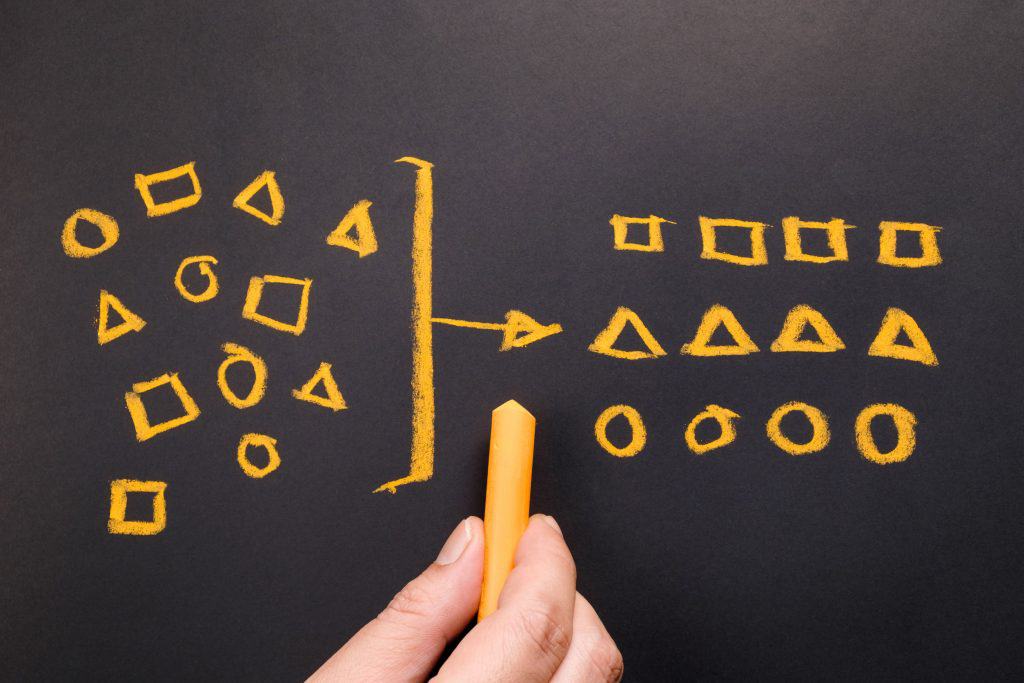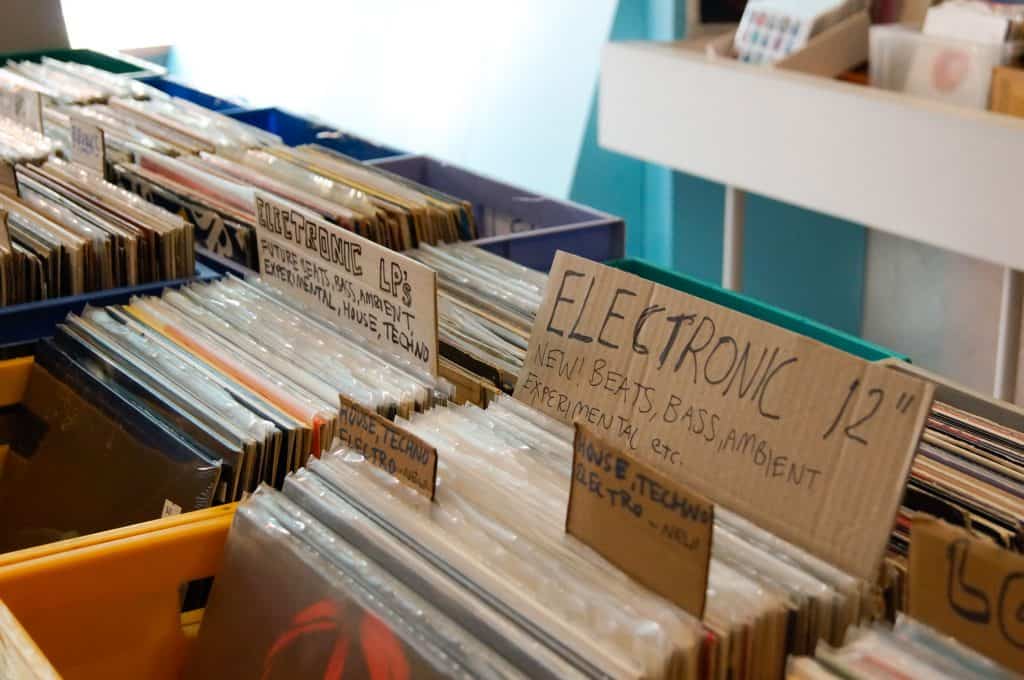Some people use the abbreviation EDM as a music genre, and some use it as a term for multiple music genres of a particular type. Therefore, I did some research about the abbreviation EDM.
EDM is not a genre. EDM stands for electronic dance music and is a term for percussive electronic music genres. EDM is also known as dance, dance music, or club music.
This post gives more information about why EDM is not a genre and not a subgenre. It also gives more information about what EDM is and gives some different EDM genre examples.
EDM Is Not a Genre
We can find out if EDM is a genre by looking at the meanings of ‘EDM’ and ‘genre.’
Looking at Wikipedia (source: Electronic dance music) and Dictionary.com (source: EDM), we can see that the abbreviation EDM stands for electronic dance music. These two sites also define the term electronic dance music:
- Electronic dance music by Wikipedia. Electronic dance music is a large range of percussive electronic music genres produced largely for nightclubs, festivals, and raves. We can also recognize EDM as dance, dance music, or club music.
- Electronic dance music by Dictionary.com. Various electronic music genres, which are regularly played in nightclubs and identified by a solid danceable beat.

Two definitions of the term genre are:
- Genre by Wikipedia. In popular usage, we can use the term to describe a category of art or entertainment, such as music. We can base such a category on some set of stylistic criteria. However, genres can be communicative, rhetorical, aesthetic, or functional (source: Genre).
- Genre by Merriam-Webster. a category of musical, artistic, or literary work defined by a particular form, style, or content (source: genre)
By the mentioned definitions, we can see that electronic dance music (EDM) is a term for a group of electronic music genres, but not that it is a genre by itself.
What Is Electronic Dance Music (EDM)
As already mentioned, electronic dance music is a large range of percussive electronic music genres.
EDM is usually produced for playback by DJs who perform a seamless sounding selection of tracks (songs), called a mix, by segueing from one track to a different one. DJs/producers can perform their music live in a concert or festival setting, and such a performance is sometimes named a live PA (live public address or live personal appearance) (source: Live PA).
EDM realized widespread mainstream popularity in Europe when in the late 1980s and early 1990s appeared the rise of raving, an upsurge of interest in club culture, and pirate radios. At that time in the United States, people did not commonly accept the dance culture outside New York City. However, both electro and Chicago house music were important in the United States and Europe, but the record industry and mainstream media outlets continued being openly hostile to the music.
There was a perceived association between EDM and the drug culture, which influenced governments at the state and city level to establish laws and policies meant to prevent the spread of rave culture.
In the new millennium, EDM’s popularity increased globally, mainly in Australia and the United States. In the early 2010s, the American music industry and music press pushed the term “electronic dance music” and the initialism “EDM” to rebrand American rave culture. Despite the industry’s effort to create a particular EDM brand, the initialism is still an umbrella term for multiple genres, such as dance-pop, techno, house, and electro, including their respective subgenres (source: Electronic dance music).
EDM Is Not a Subgenre
We can determine if EDM is a subgenre by looking at the meanings of ‘EDM’ and ‘subgenre.’ This post already mentioned the meaning of EDM.
Two definitions of the term subgenre are:
- Subgenre by Merriam-Webster. A genre part of a more prominent genre (source: subgenre)
- Subgenre by Collins. A category that is a division of a more prominent genre (source: Definition of ’subgenre’)
EDM is not a subgenre. Electronic dance music (EDM) is a term for a group of electronic music genres.

Some EDM Genre Examples
There are many EDM genres and way too many to mention in this post. However, this section does mention a few of such genres as examples (source: List of electronic music genres). The (too) short explanation of these genres comes from Wikipedia.
Some EDM genre examples are:
- House. House is a genre defined by a repetitive four-on-the-floor beat and a common tempo of 120 to 130 beats per minute. Music producers and DJs from Chicago’s underground club culture in the 1980s made the genre. Those DJs started changing disco songs to give them deeper basslines and a more mechanical beat (source: House music).
- Deep house. Deep house is a subgenre of the house genre that started in the 1980s. Initially, the genre combined parts of Chicago house with 1980s jazz-funk and soul music. Larry Heard’s track “Mystery of Love” from 1985 is associated with the genre’s beginnings (source: Deep house).
- Progressive house. Progressive house is a subgenre of the house genre and is a music style that began in the early 1990s. The genre developed originally in the United Kingdom as a natural progression of European and American late 1980s house music (source: Progressive house).
- Techno. Techno is an EDM genre predominantly defined by a repetitive four-on-the-floor beat (usually in a 4/4 rhythm with a tempo varying between 120 and 150 BPM) and usually produced for use in a continuous DJ set. Artists can use electronic instruments such as drum machines, synthesizers, sequencers, and digital audio workstations. Drum machines from the 1980s, such as Roland’s TR-808 and TR-909, are highly appreciated, including software emulations of such instruments are common (source: Techno).
- Trance. Trance is an electronic dance music genre that arose from the British new-age music scene, the early 1990s techno from Germany, and hardcore scenes (source: Trance music).
- Hardstyle. Hardstyle is a genre that arose late in the 90s in the Netherlands and Belgium. The genre has various influences from hardcore, techno, and new beat (source: Hardstyle).
Closing Words
Hopefully, you have learned something about the meanings of EDM, genre, and subgenre, and that EDM is not a music genre.
If you like this post, look at some other posts on this website since you might also like them.
When you know someone who likes to learn more about why EDM is not a genre, you can share this post.

